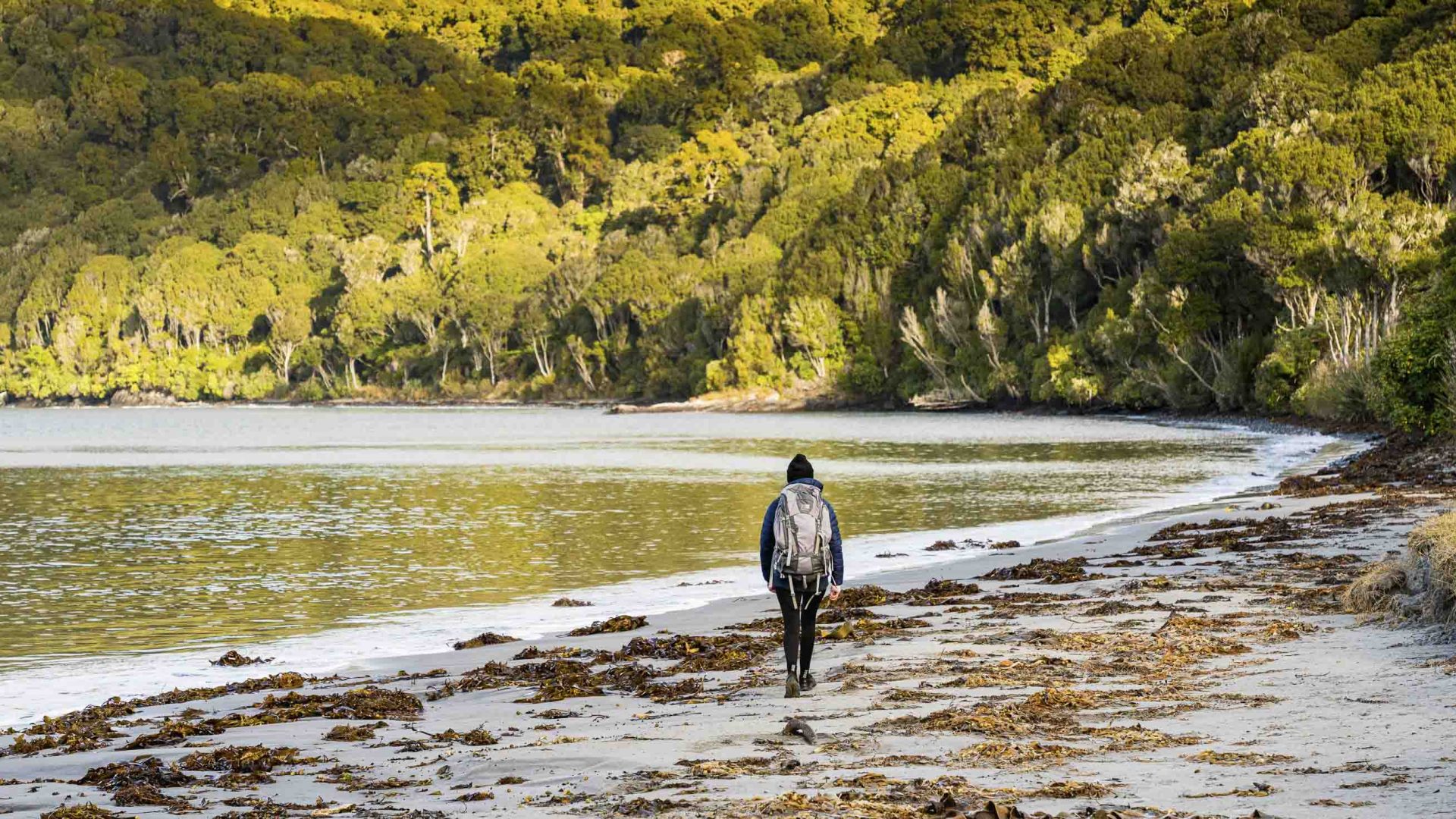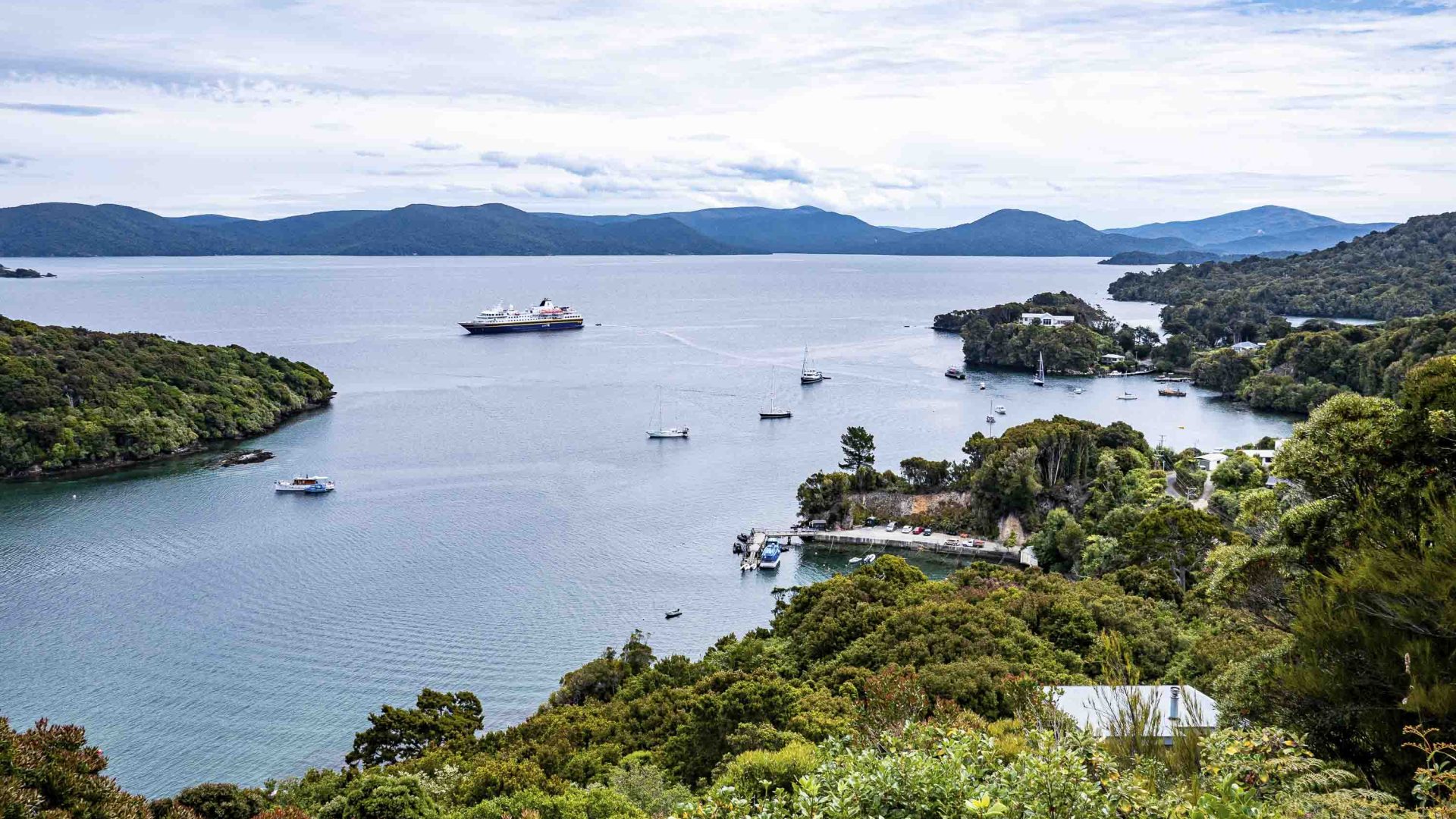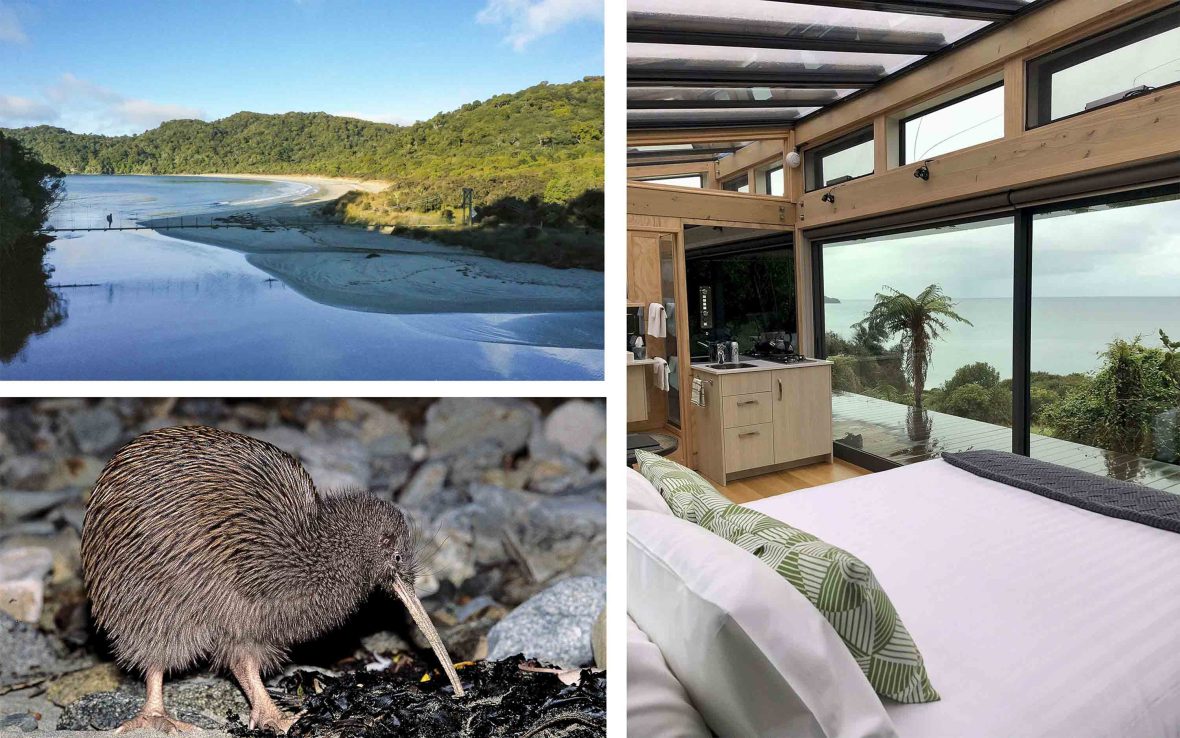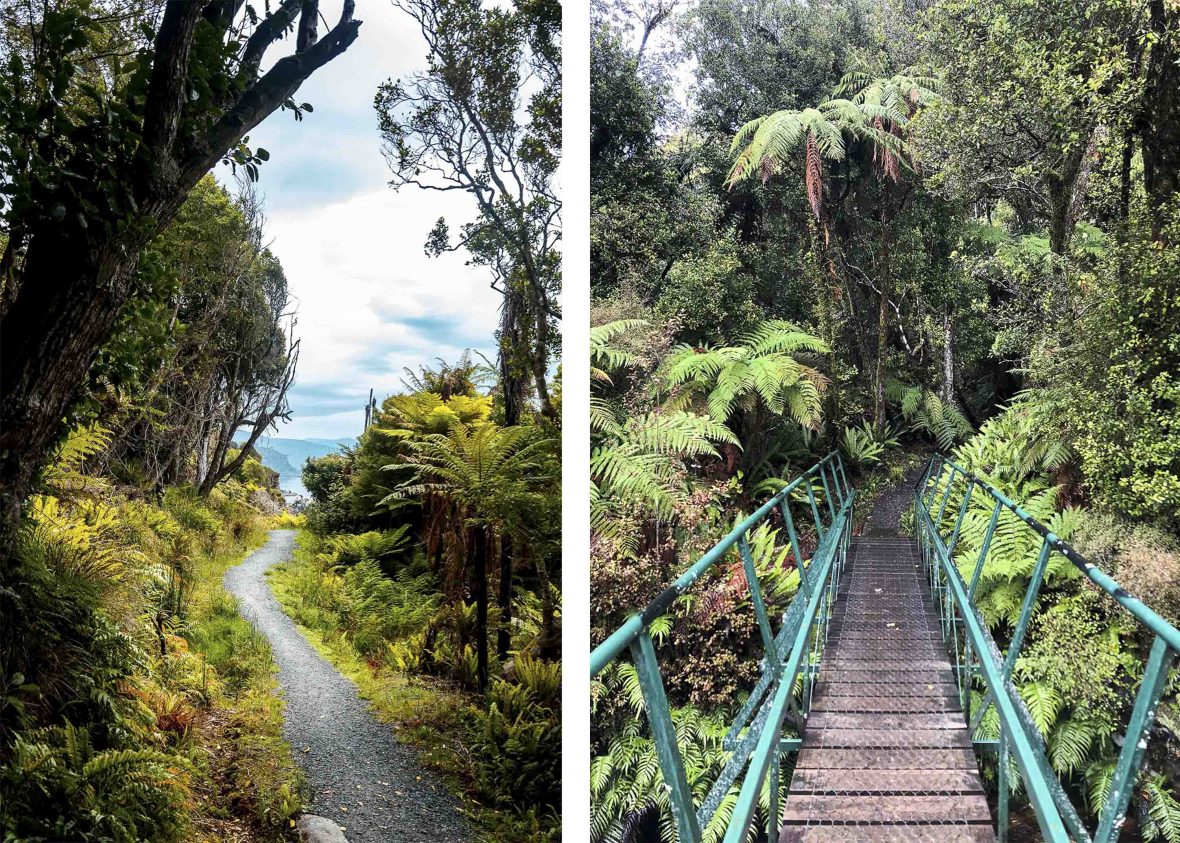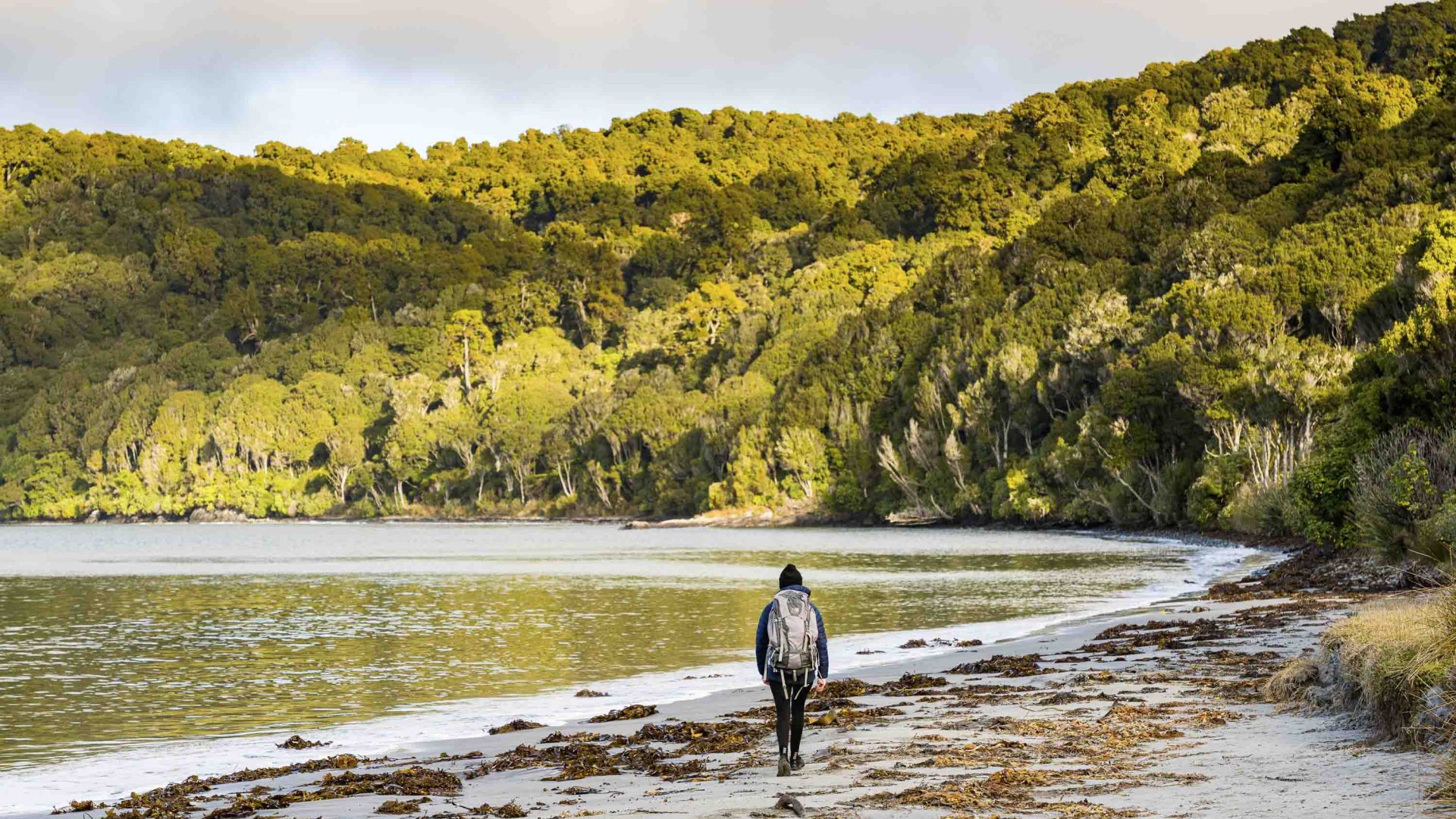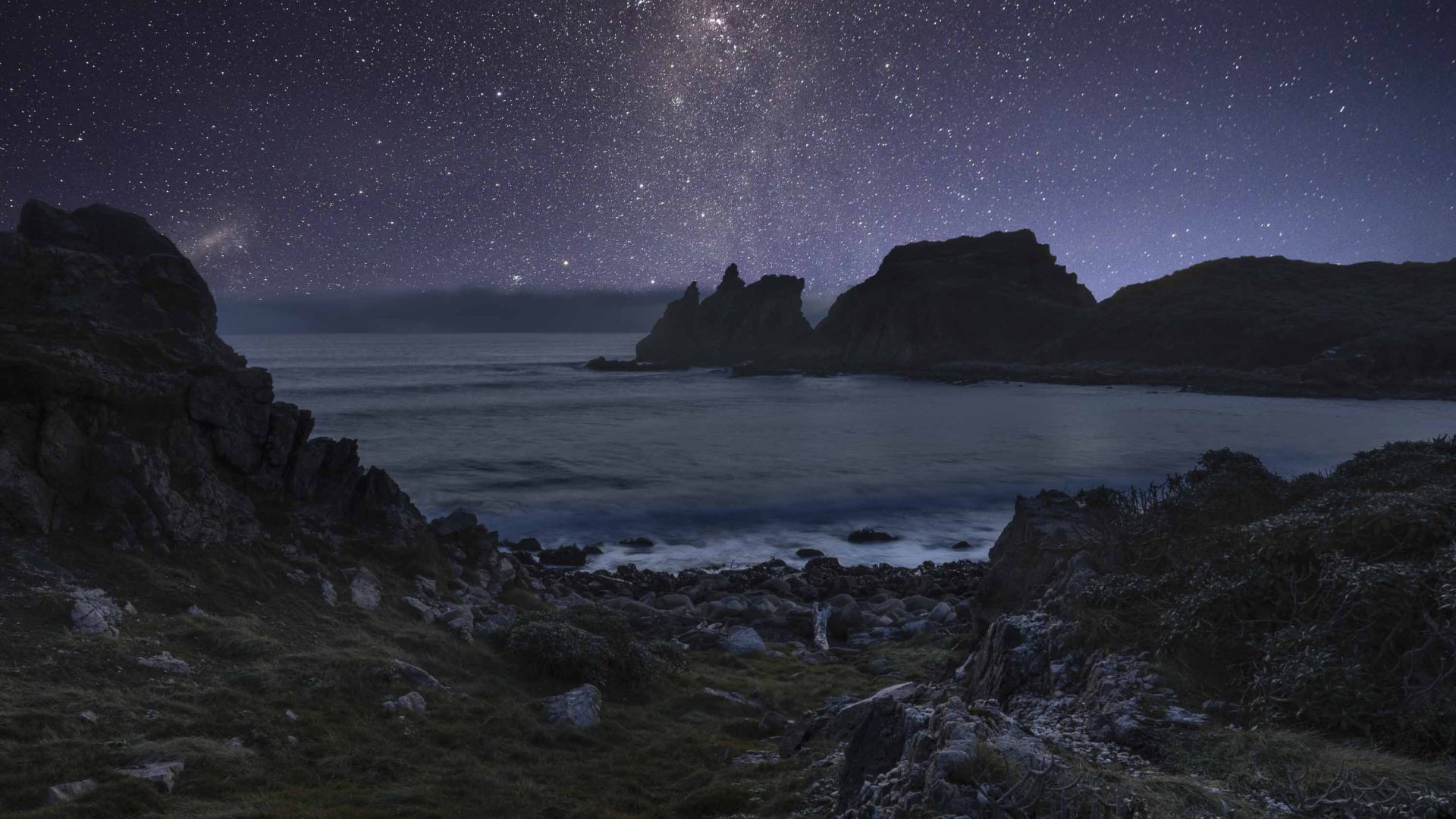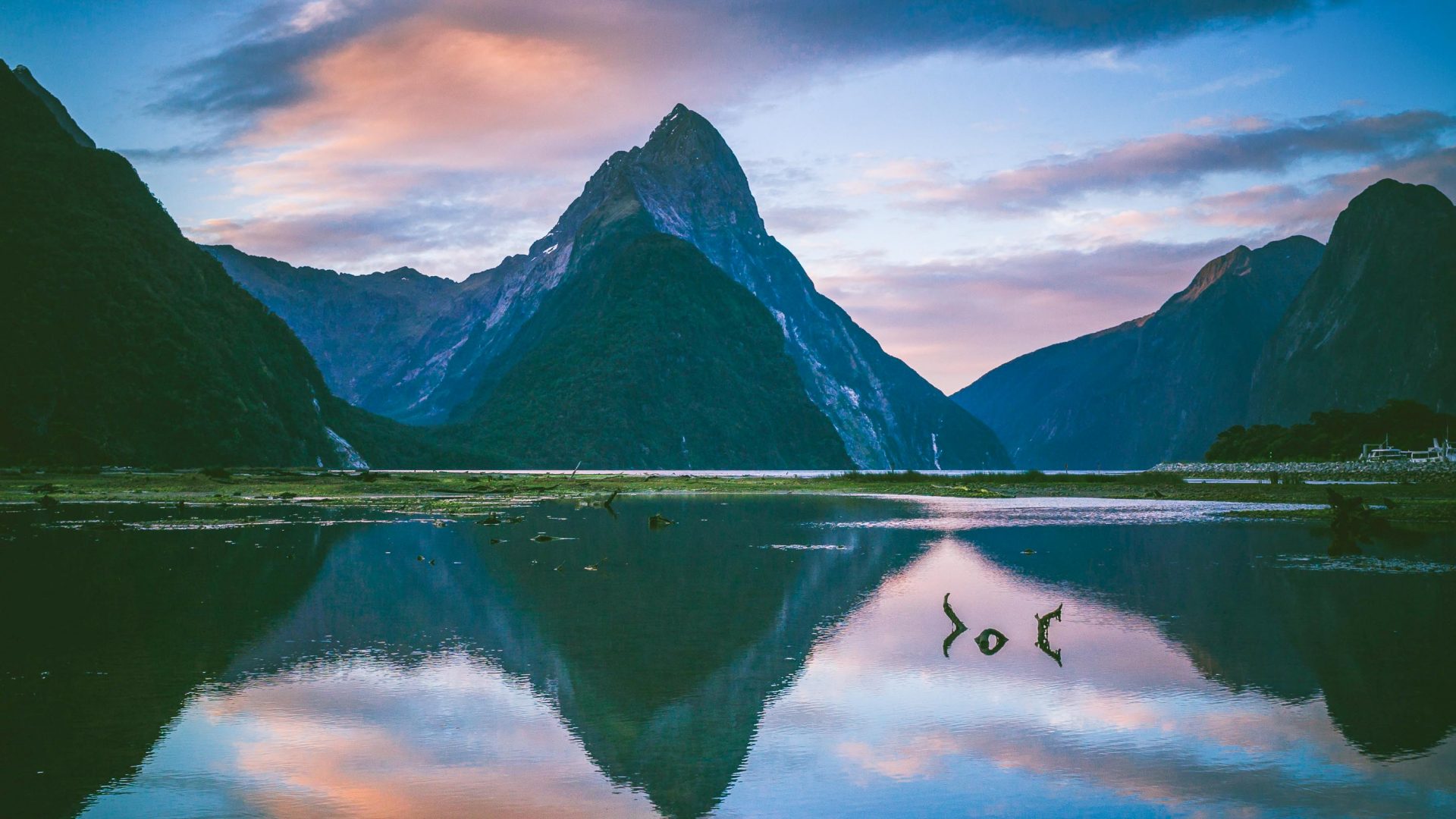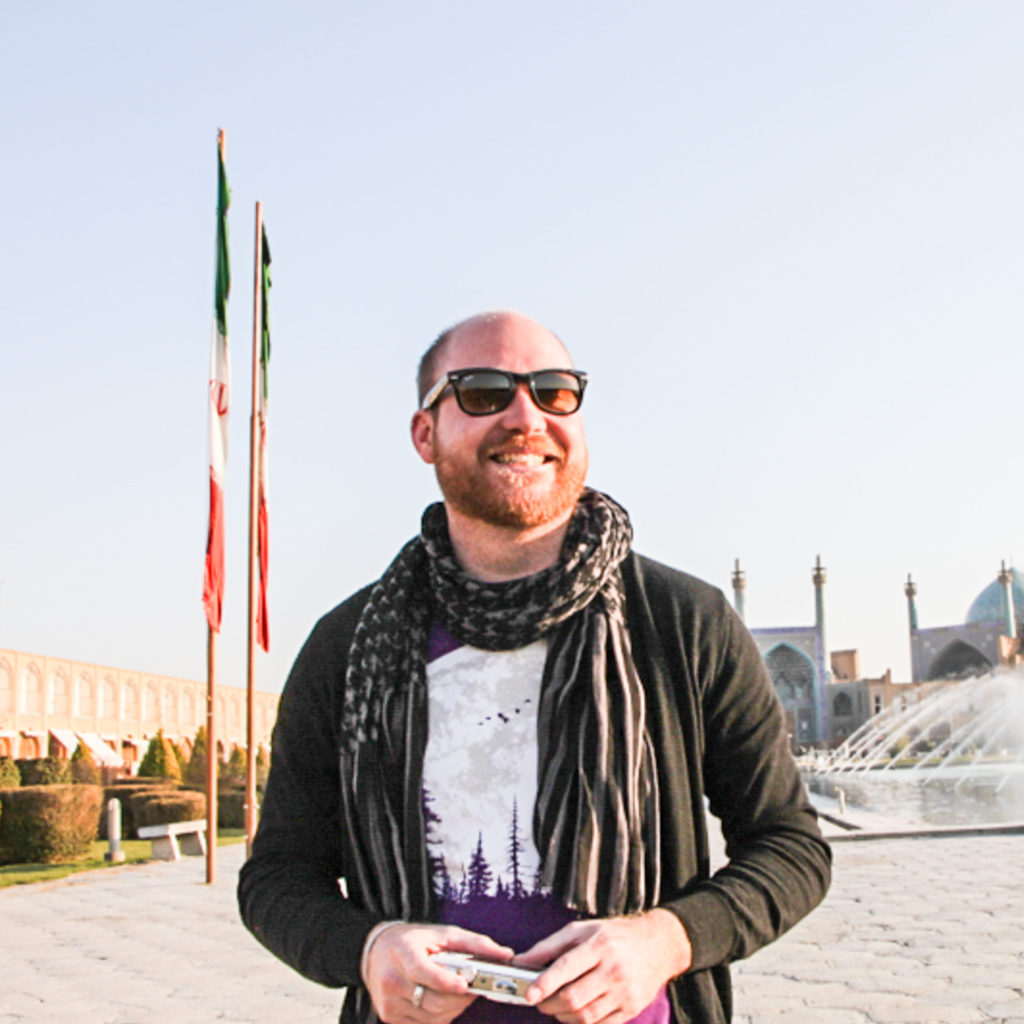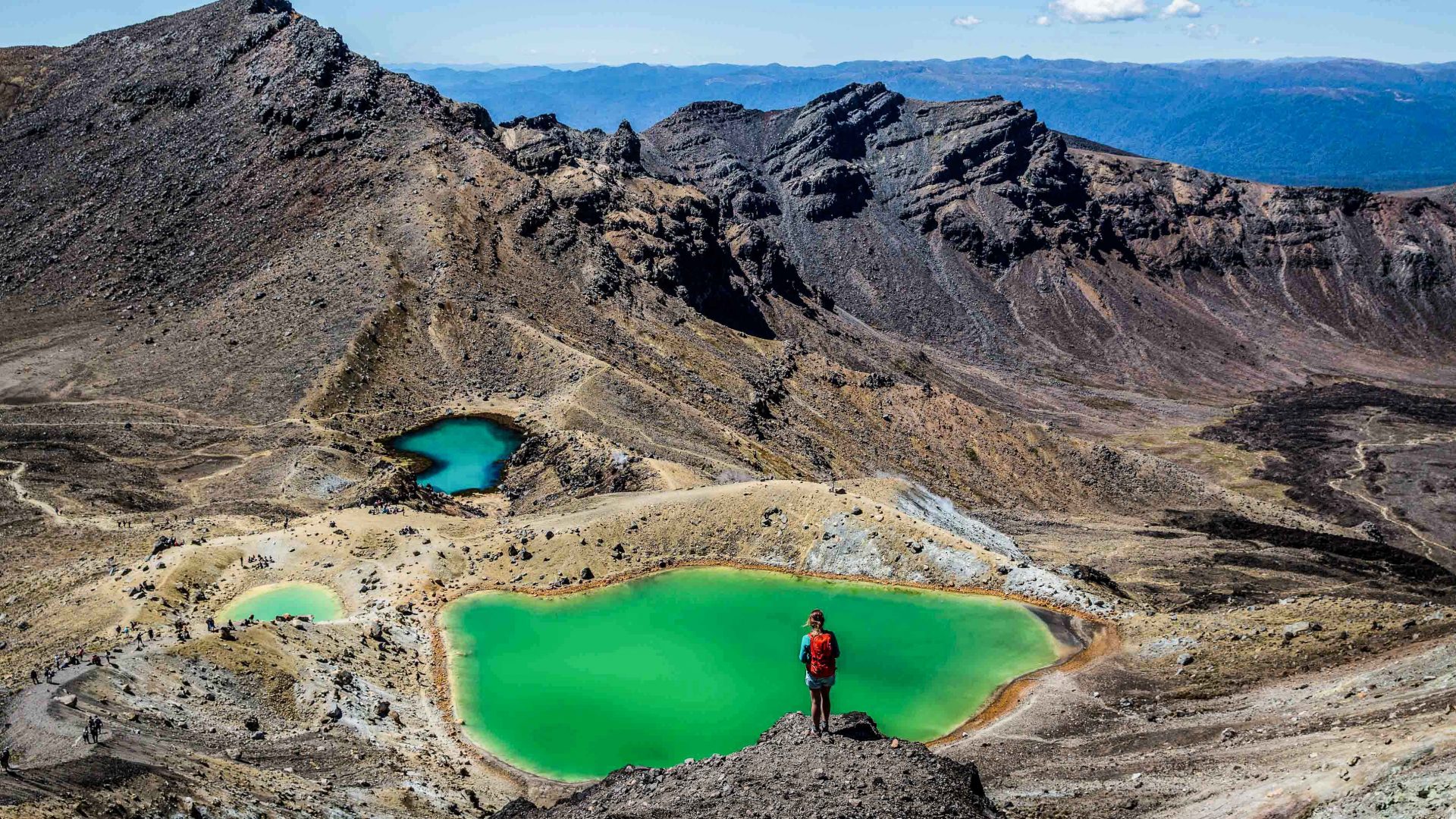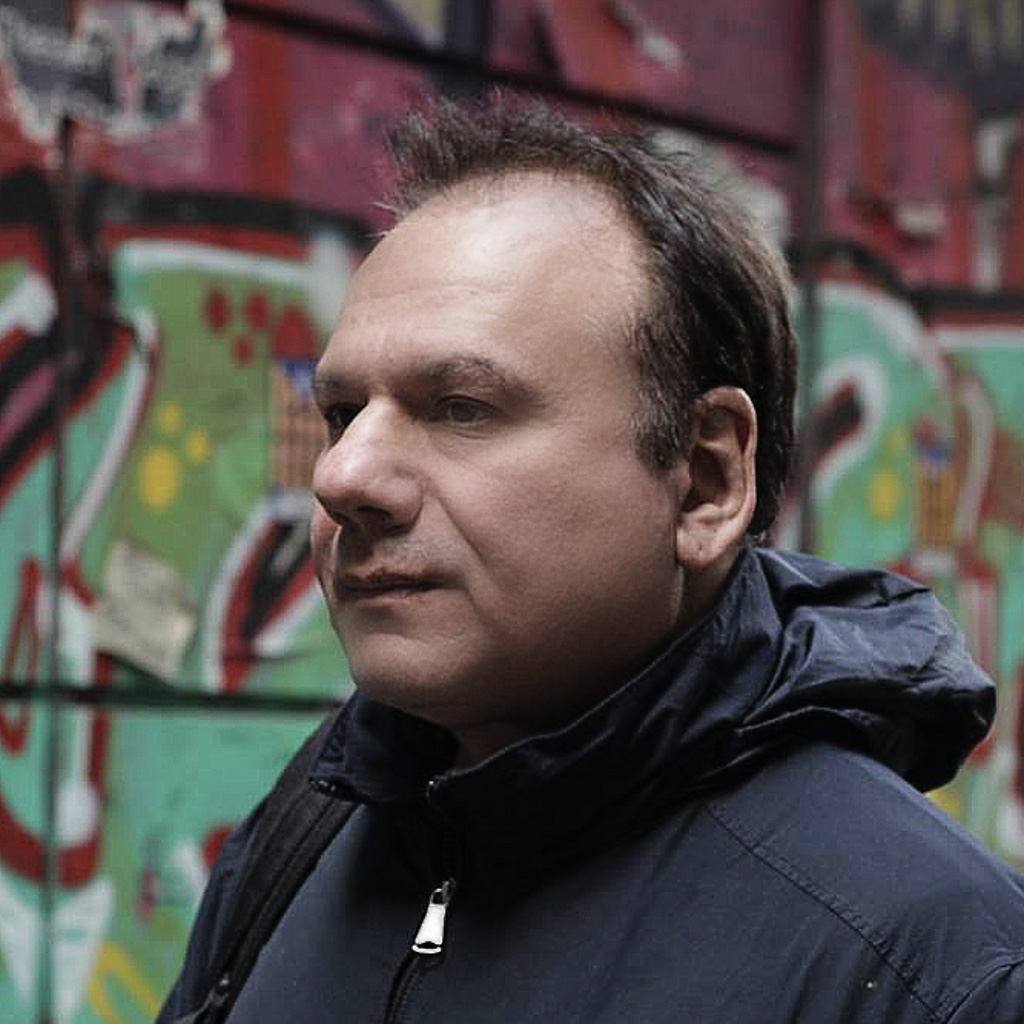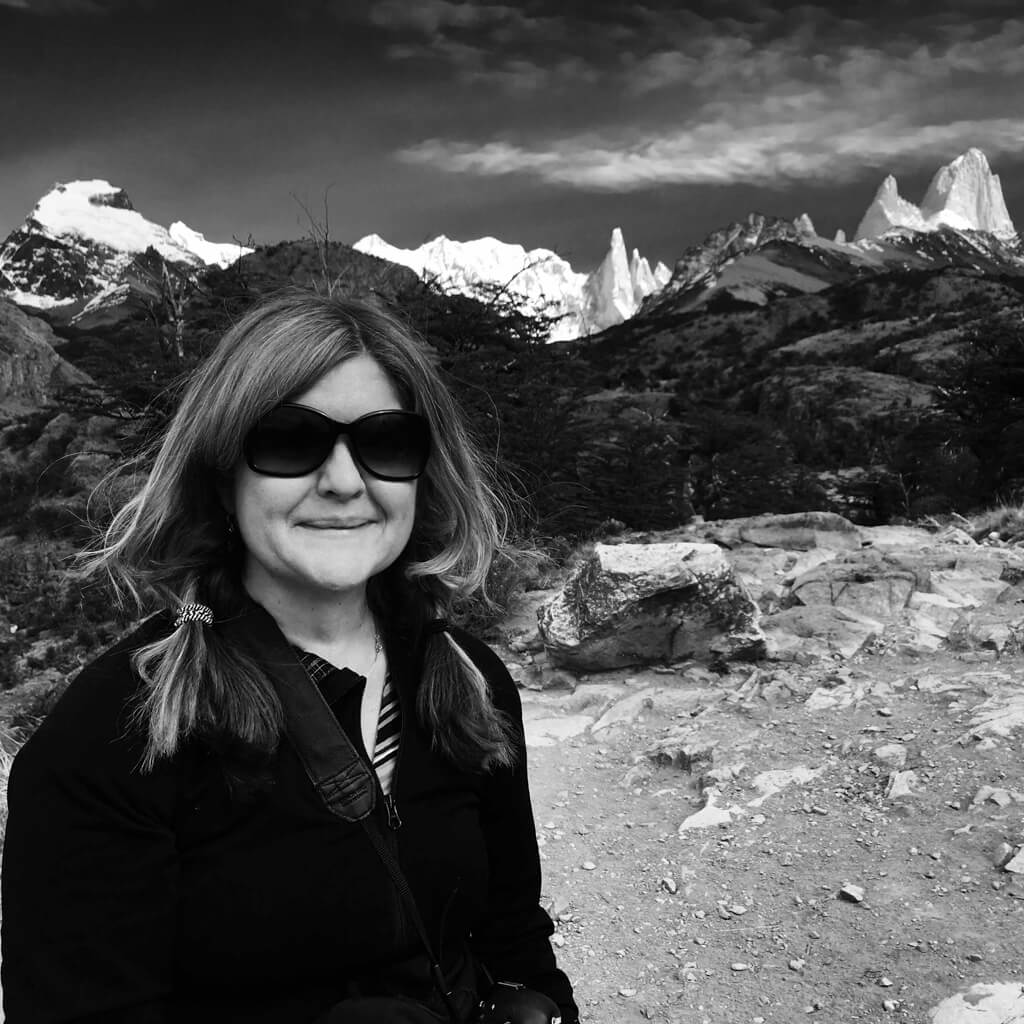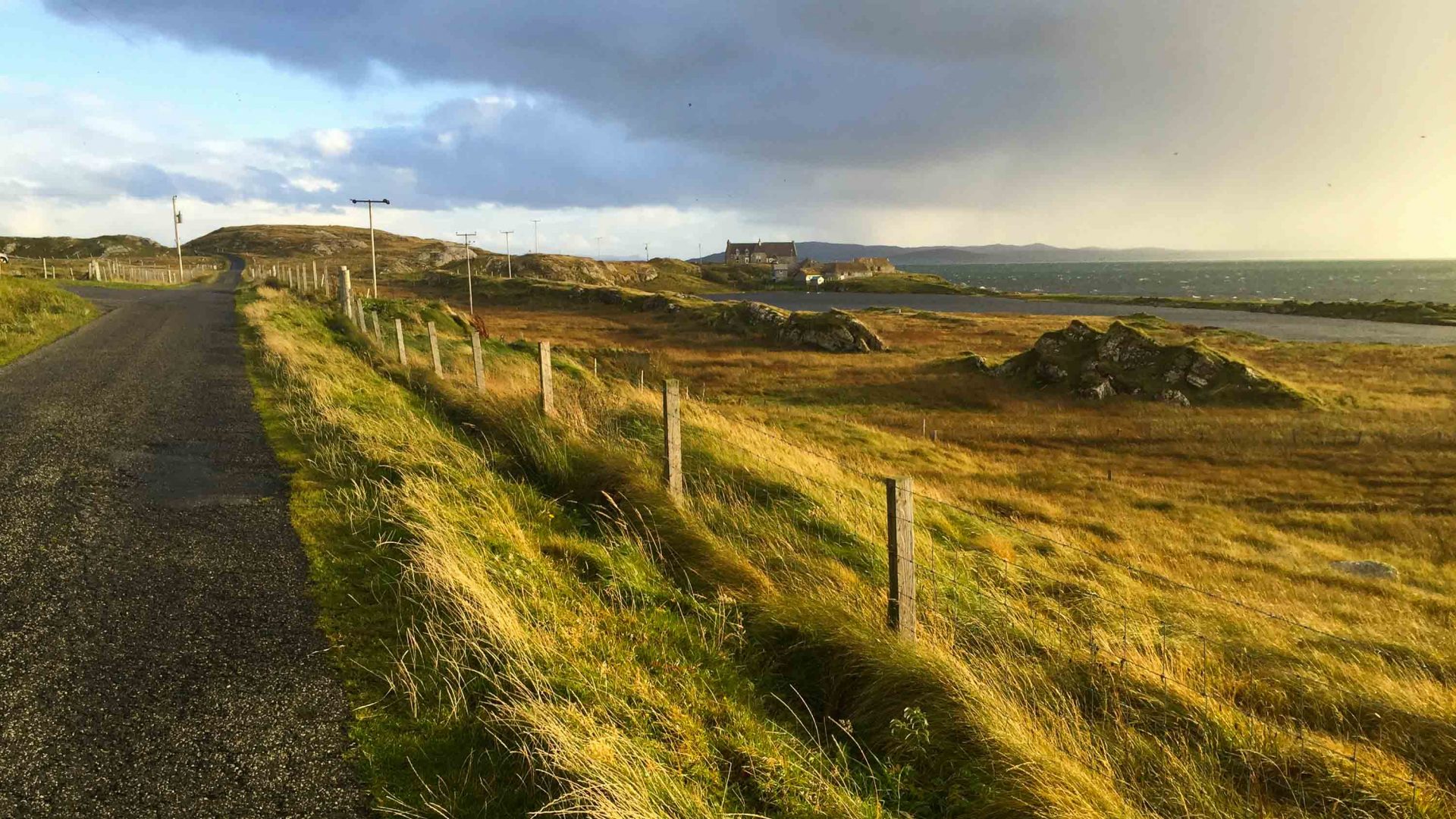I don’t think I’ve ever seen so many shades of green in one place. There’s the vivid emerald of giant fern. The almost-fluorescent hue of moss covering the thick trunks of trees. The silver-green tentacles of native rimu trees overhead.
I’m deep in the podocarp forests of Rakiura (also known as Stewart Island), which is New Zealand’s third-largest island. I have the privilege of trekking through these frozen-in-time landscapes along the Rakiura Track, a 20-mile (32 kilometers) route that journeys through native forests and historic Māori-owned lands.
Some of that land is managed by the Rakiura Māori Lands Trust. Chairman Simon Gomez, who descends from the Ngai Tahu iwi (tribe) on Rakiura, tells me: “Our kaupapa (principle) is to restore our land to what it was before humans set foot on it.” With that in mind, they’ve been working hard to eradicate invasive species—including deer, possums and hedgehogs—which threaten native flora and fauna.
Indeed, the kaleidoscope of the deep forests is a far cry from the fields that cover swathes of New Zealand’s North and South Islands. Although such pastoral views have become a part of the scenery, they’re a very recent incursion on landscapes that have stood for millennia.
